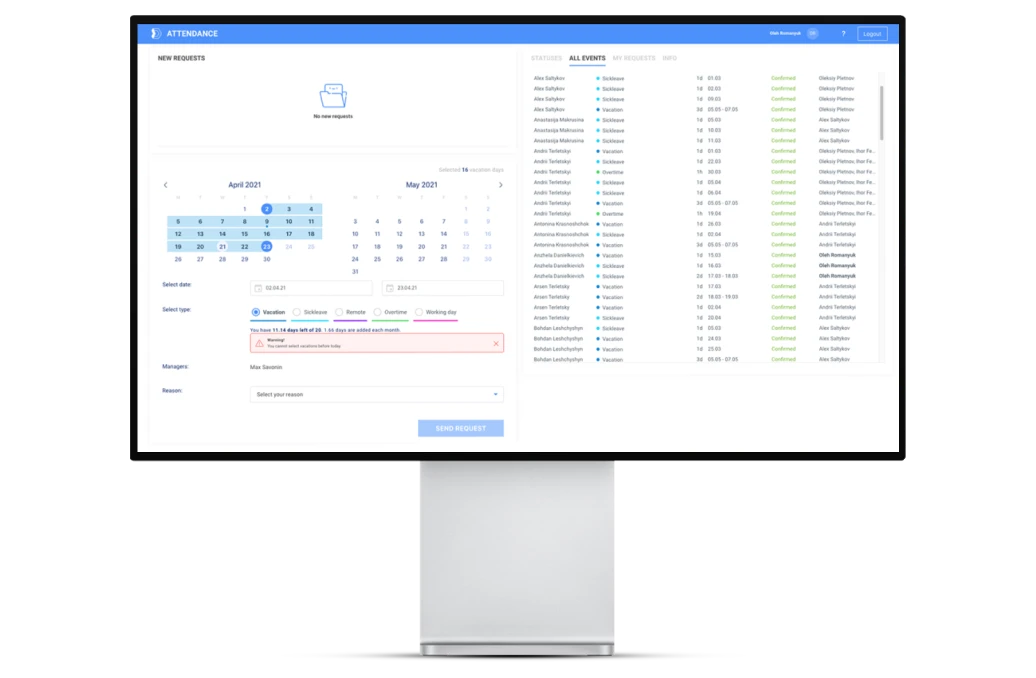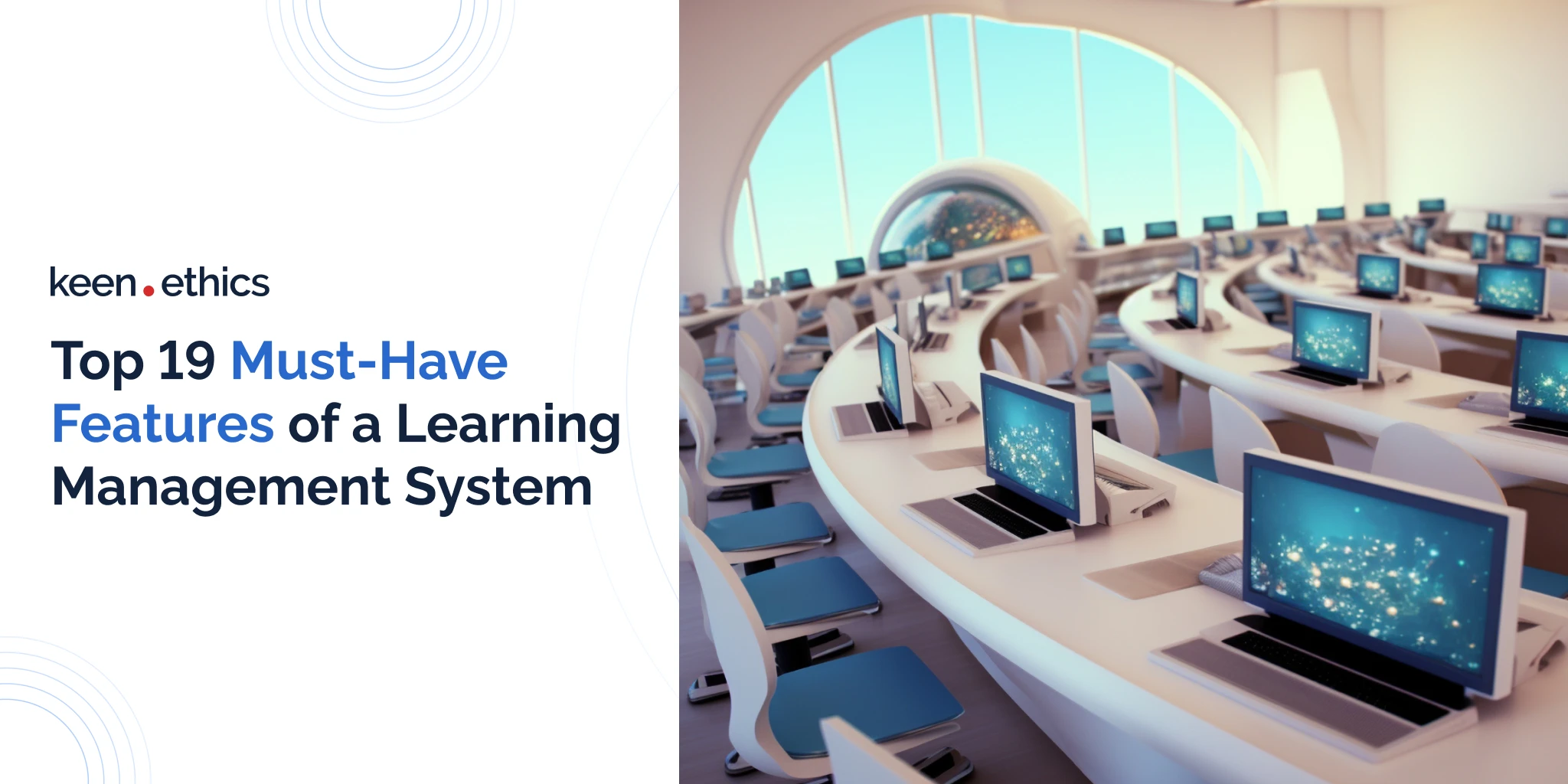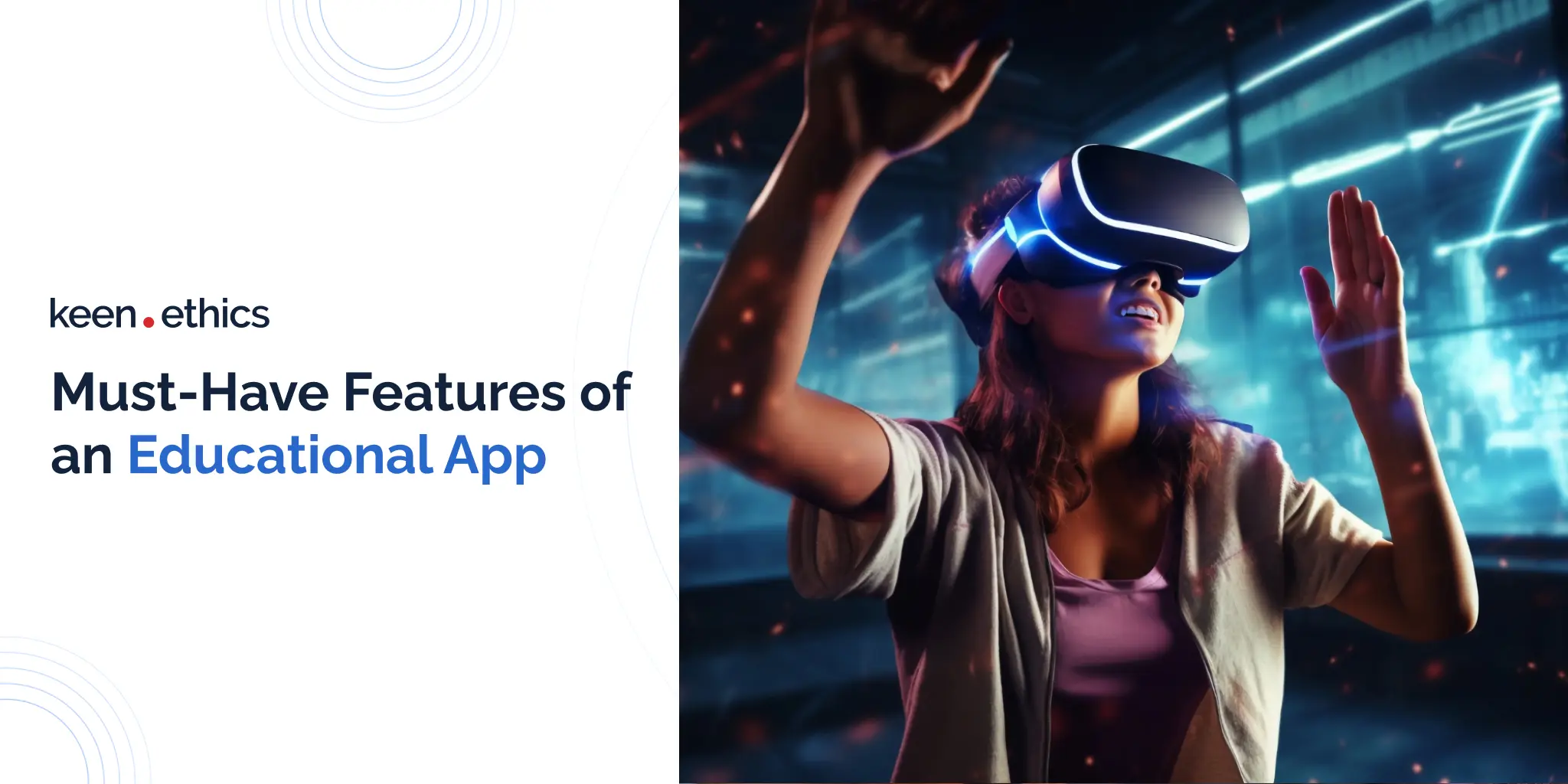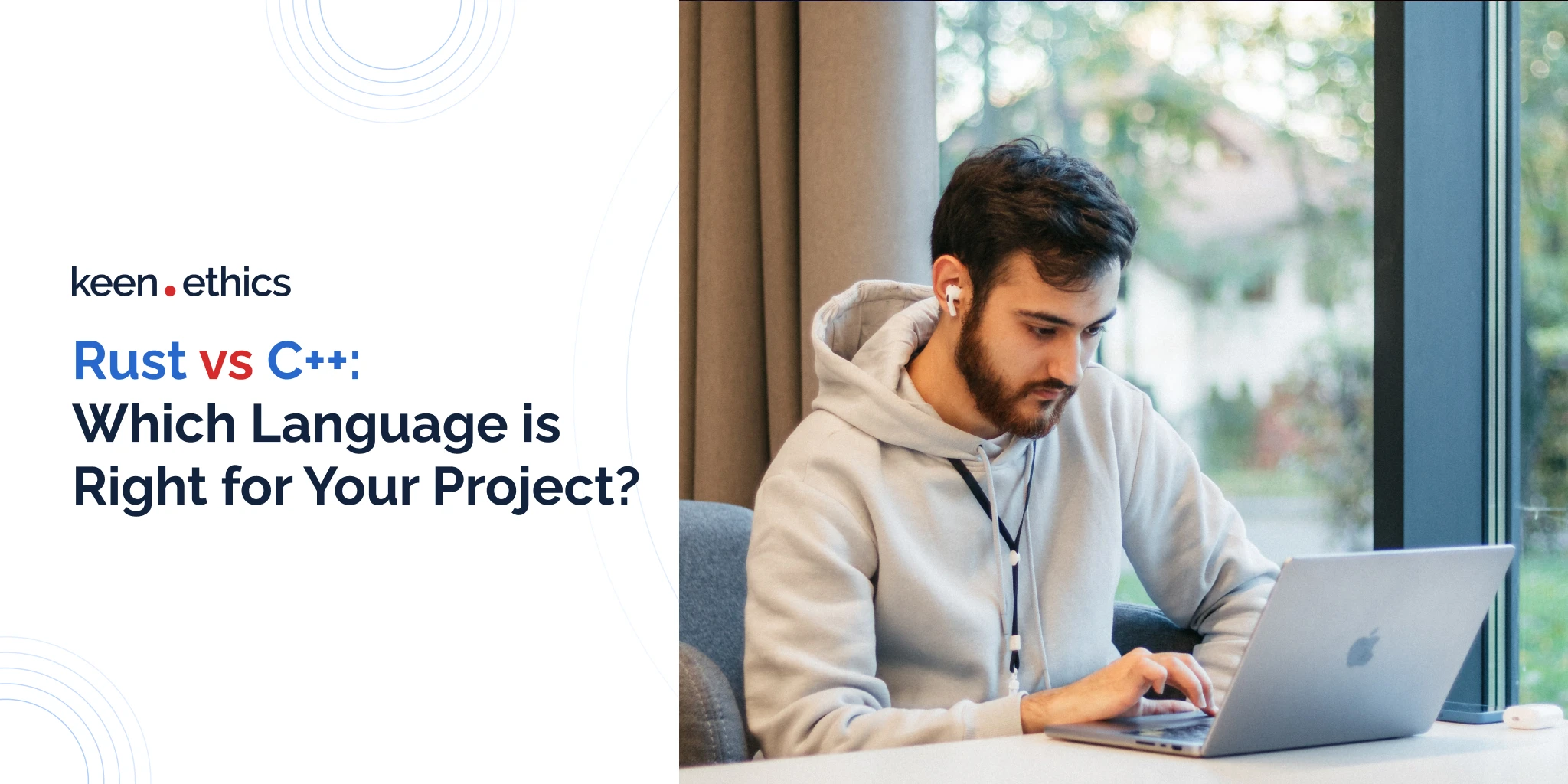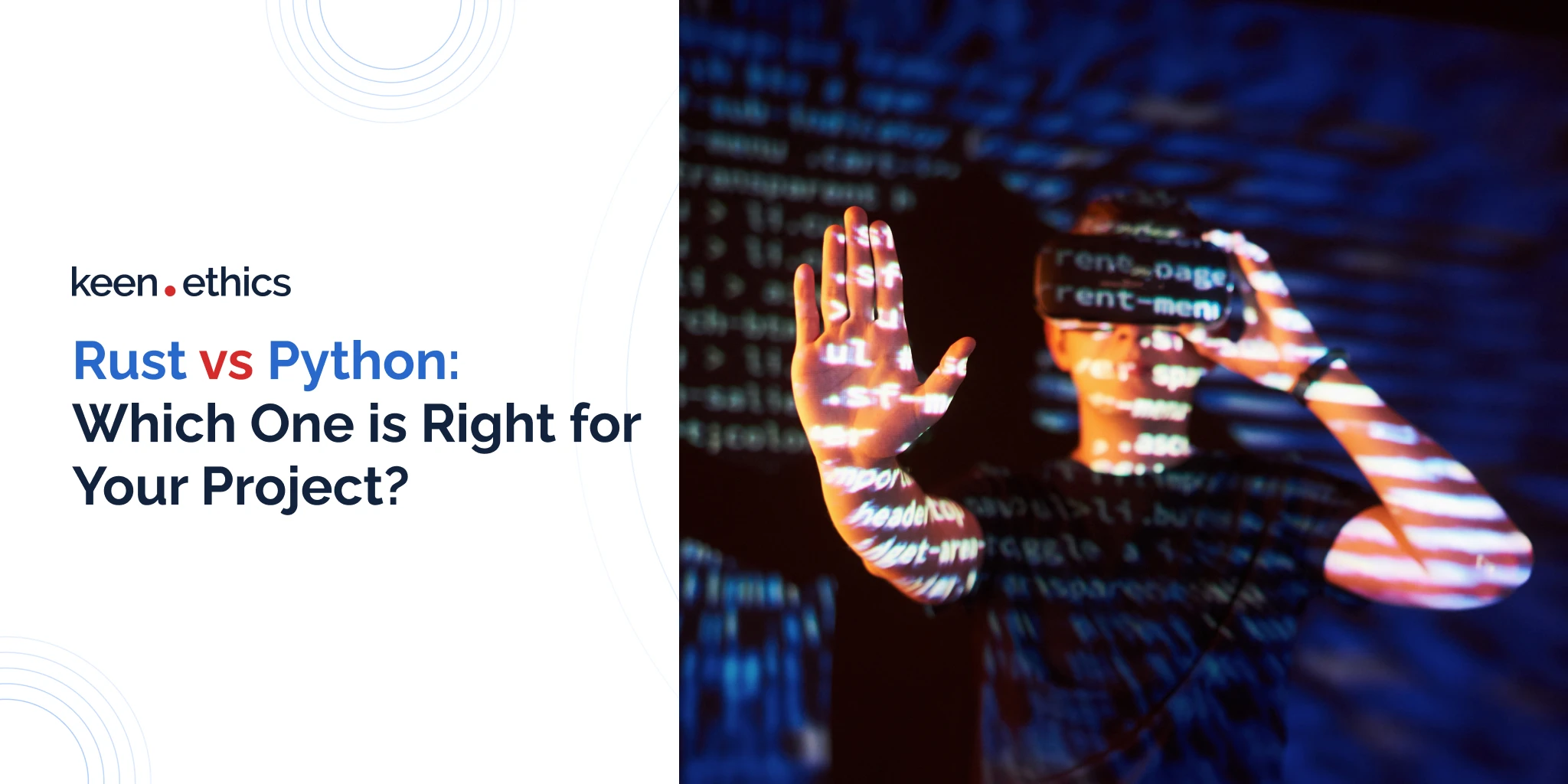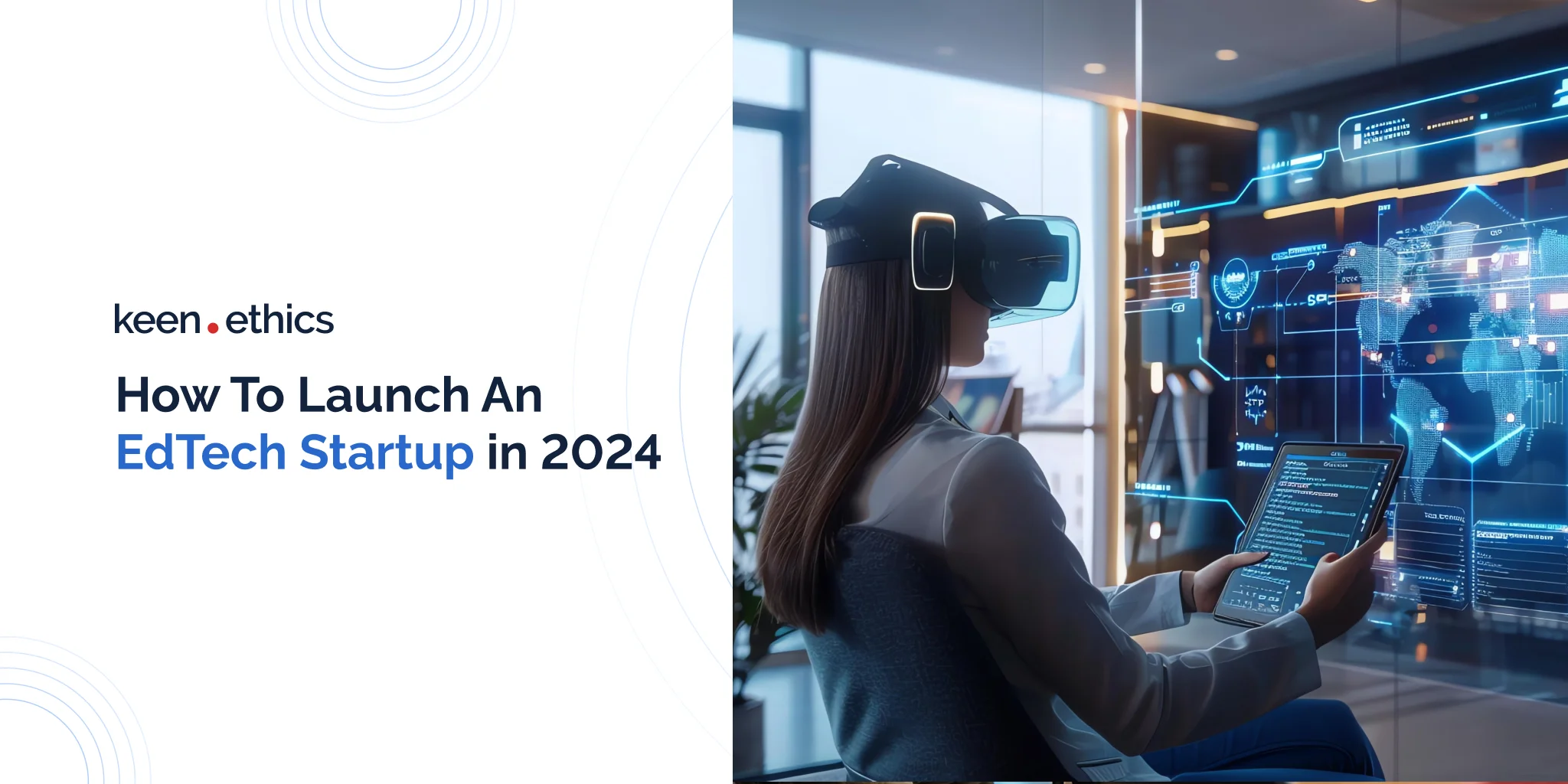Discovering the world of edtech and having a look at the latest technology trends in education

Nearly 2 years ago, software development specialists talked a lot about machine learning and the Internet of Things. Today, the use of these technologies has become a part of the distance learning strategy. But in the background of the already implemented tech solutions, we see something new. The innovative trends in educational technology are coming to action. They promote student-centered learning. These top trends in educational technology allow for higher engagement and connectivity. They emphasize collaboration and versatility. But what are these? Let’s figure this out.
Related services
Education software development services
Gamified Learning
In 2023, people’s attitude to learning is changing. Learning is not boring anymore. Learning is fun, engaging, and interactive. Gamified learning is the main proof of such a tendency. Gamified learning is centered on the notion of gamification. Gamification presupposes incorporating game elements into the learning process. There are two main gamification types — structural and content gamification. Both are helpful, yet in different ways. The common advantage of these two types is that learners enjoy playing games and learn new material simultaneously. Also, they can practice their skills and check their performance with gamification.
There is a common misconception that gamified learning is the most suitable for kids. Of course, kids play games more often than adults. They like the Education Edition of Minecraft and are more excited about the imaginary experience. But it does not mean that your oldest learners will not enjoy playing games that bring both joy and benefit. Moreover, gamification has a positive effect on socialization. Students learn how to behave in a competitive environment. They form positive social and behavioral patterns under competitive conditions. They learn to self-educate and adjust to different learning formats.
Games are all about positive impressions from the lesson. There are dozens of online learning platforms on the market. And all of them are the same. So, if you decide to create a gamified learning solution, your goal is to give users something that will differentiate you from the rest of edtech businesses. Make your students forget about mundane tasks and boring homework. Introduce gamification into the learning process. To make it clear how gamification can help your case, contact an education software development company. Together, you will figure out whether gamification is the right strategy for your organization.
The Use of Big Data
If teachers do not pay attention to each student, it adversely affects the latter’s motivation. Learners want to feel valued by other members of the learning community. And when a teacher conducts a course for 60 students, how can they ensure a personalized approach for everyone? The answer is to use big data. The more students you lead, the more information you should process. If we take into account the human factor, we will see that it is nearly impossible to process each student’s info manually. Big data allows processing big volumes of information for personalized learning.
Suppose that you have the task to evaluate students’ performance. To do so, you should gather information about their academic achievements for the given time period. Then, you should add all points received by a student and calculate the average value. But will this average figure reflect the learner’s results precisely? Of course, no. To get a full picture, you should see your students’ results in the form of a graph. When you click on a particular point of the graph, you will see students’ test results on the given day or month. And what if you notice some sharp drops in productivity in January or a sharp rise in October? These tendencies cannot be a mere coincidence.
Did these drops or falls happen at the time when you tried some new teaching methods? Or what if these changes reflect your students’ mental state? Go for the prescriptive and descriptive analytics. And look for an edtech partner that will give you what you expect. For example, Keenethics is a company that works with the education industry. We develop skill assessment solutions that are based on the formative evaluation. These solutions form the ground for powerful analytics. Our professional practice once again proves that effortless big data management is possible with novel edtech software!
E-learning
Today, we witness a rising demand for distance learning and training because of the evident reasons. Some years ago, attending a workshop or lecture abroad was a great adventure for both students and employees. But today, people avoid attending mass events and prefer to manage their learning and training online. This is why the trend of e-learning is growing. E-learning is the process of delivering education via electronic devices. E-learning can be implemented for both employee training and student education. PCs. laptops, tablets, mobile phones are used for information delivery. These tools assist educators and facilitate the learning process.
Higher academic performance, greater student engagement, better learner outcomes. This is what we get with e-learning. Instead of being passively involved in a lesson, students can continuously interact with teachers and peers. They can play games, pass quizzes, ask questions, create visual elements online. They can memorize new information quickly and effectively. As you see, e-learning provides students with an interactive and collaborative environment. In 2018, we knew that the e-learning industry market size would grow to $325 billion by 2025. In 2021, we knew that edtech had to reach the point of $1 trillion in 2027. Sounds impressive, right? E-learning gives you a toolset for information processing. Animation, 3D slides, video, images, podcasts, multi-functional whiteboards, and much more. You have to decide yourself what features to implement. And if you are not sure whether to build your own e-learning or buy an off-the-shelf one, check out our article. Here, you will compare both scenarios and decide which one to choose.
Related services
E-LEARNING SOFTWARE DEVELOPMENT SERVICES
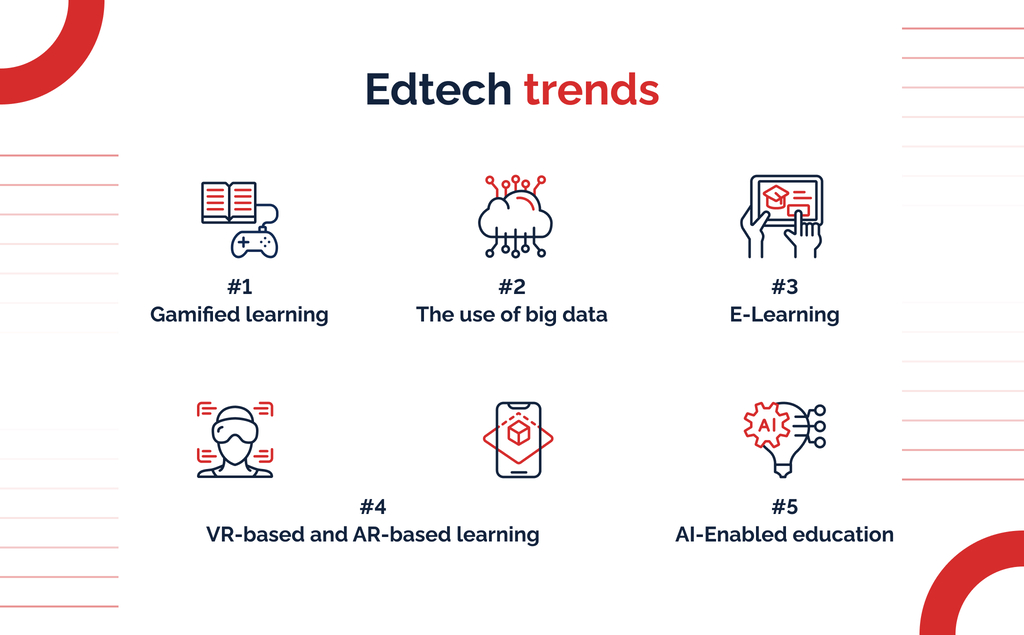
VR-Based and AR-Based Learning
On the one hand, teachers can stick to the traditional educational approaches and methods. But in this case, they should accept the fact that they can do little to affect students’ performance. On the other hand, they can go hand in hand with the emerging trends in educational technology and introduce VR or AR into learning. By doing so, teachers will show their students that a classroom isn’t a place of boredom. It’s a place where big technological changes go live. VR (Virtual Reality) and AR (Augmented Reality) also are the current trends in educational technology. They form the ground for experiential learning. If your students use similarly powerful tools inside and outside the classroom, they see that learning can be cool and entertaining!
Virtual Reality allows users to immerse themselves into the conditions of artificially constructed reality. Augmented Reality provides learners with a facilitated view of an object. It may happen that students cannot understand complicated definitions from Physics or Chemistry. They simply cannot imagine and understand these complex processes without additional equipment. AR and VR come in handy in such situations. They give students the opportunity to understand abstract notions. Hence, if you want to facilitate students’ understanding — the use of VR or AR is a good way to start. For more information, check out our tips on how to become an effective teacher in today’s world.
AI-Enabled Education
Why do we hear the term “AI” from all corners? First and foremost, AI automatizes processes. AI makes learning more pleasant and less effort-consuming. What other benefits does it give? The pros of AI in education can be viewed from both teacher’s and students’ sides. When it comes to the latter, AI can assist students when teachers are busy. They can ask questions and get answers without bothering someone else. They can clarify instructions and overview their performance in graphs or tables. With AI, students get access to vast amounts of data.
For teachers, AI is like an assistant that takes responsibility for extra tasks. It reduces efforts that can be pleasantly devoted to the live interaction between teachers and students. Teachers don’t have to analyze each student’s profile and performance manually. They can get alerts about recent tendencies or changes. AI-powered chatbot technology may also be adjusted to teacher’s goals and needs. It can allow students to check the schedule. More than that, educators can implement voice assistants to answer first-year students’ questions. You can read our recent article to learn more about the ways in which AI revolutionizes your edtech business.
Blockchain integration
Blockchain integration is likely to become one of the biggest trends in education technology in the upcoming years. What’s the reason for this trend? In our opinion, the core motivation for educational institutions is the ability to promote better standards of ensuring academic integrity. What do we mean by this? Above all, modern blockchain technologies can prevent any interventions into learning records. This approach is essential for ensuring the integrity of various exams, for example. Consequently, national exam boards and various universities are highly likely to start investing in this technology. Why? It’s a perfect way to ensure an equitable environment for every student.
STEM and STEAM integration
STEM and STEAM are the most promising fields in terms of post-graduation income among the existing educational technology trends. People graduating in sciences or arts have access to careers in production or, for example, programming. Consequently, these fields tend to attract the most talented individuals who are after maximizing their learning efficiency. Businesses investing in these fields are more likely to gain major benefits from their investments. The demand for those sectors is growing (especially, in the light of online platforms using Artificial Intelligence). Today, many niches in the STEAM field are still uncovered by various types of apps. There’s a need for more evidence-based methods and, for example, the integration of virtual reality and AI education technology.
Hybrid and blended learning capabilities
In the 2020s, changes promoted by the global lockdown led to the transformation of the attitudes towards distance education. More and more schools and colleges now understand that the learning outcomes of this approach to studying are far from being negative. Even though the return to normal has occurred already, the majority of the facilities are now much more open to virtual classrooms. Thus, a common form of education offered by them involves hybrid and blended learning. These forms of education enable the students to mix in-class and at-home studies. Why is this vital? The relevant transformation is a core step to educational democracy: thanks to those technologies, more and more people can engage in education in the format they and not anyone else want. We expect that the educational landscape will greatly raise demand for interactive learning experiences such as virtual field trips and lessons.
K-12 adaptation
K-12 education continues to be among the fields where demand for various educational tools is growing at a significant rate. Why is this the case? The demand for high-quality education is growing due to the massive transformations brought about by various new labor-saving technologies. In this light, every school tries to give their students an education that is capable of maximizing their value in the labor market or during the entry exams to colleges. In our opinion, there’s a major market for serving the needs of various schools today. They may need solutions ranging from comprehensive learning ecosystems frameworks to digital tools for accounting. Finding a market in this sector is as easy as in STEM fields. Both of them intersect a lot, meaning that you have many options for multidisciplinary solutions these days.
Assessment automation
The growth of demand for education leads to a deficit of teachers, undermining the future of education. Even though many schools do a lot to hire individual talent, their efforts are often insufficient to fully cover the needs of the students. This issue leads to one more problem: many talented individuals have to spend tremendous amounts of time on suboptimal tasks such as record keeping. A common complaint one can hear from teachers is that they have to keep tremendous amounts of statistical information on students, acting as bureaucrats rather than teachers per se. Assessments are often among the core time consumers for the relevant teachers. Many teachers spend 44 days per year on this task, according to analytical information. Consequently, assessment automation is a perfect way to earn money in edtech. By automating assessments, you can free up at least one hour of teacher time per day, giving them more opportunities for educational content creation.
Personalization
Traditional education was created to solve one vital problem: schools had to teach tremendous amounts of students with a relatively low number of teachers. As a result, this approach creates programs that are rather impersonal. They target the average student and the needs of particular education sectors. The personal needs of the individual students are often lost in such systems. Even though modern education is among the cornerstones of the modern economic system, which lifted billions of people out of poverty, it nonetheless has a negative tendency to ignore the needs of some people, turning them into educational outcasts. Modern technologies such as AI finally provide an opportunity to solve this problem once and for all. How do they allow one to achieve this goal? Primarily, by creating personalized learning experiences. Modern AI tools can analyze vast masses of information to then adapt learning content to the needs of the students.
Learning-oriented voice assistants and AI chatbots
As we’ve mentioned before, the core problem of traditional learning systems is the deficit of teachers. In numerous instances, there are simply not enough people to promote a more elegant and personalized approach to education. Consequently, a need for alternative solutions that can assist students despite the shortage of teacher time arises. In this regard, two technologies are especially potent and deserve maximal attention. Firstly, we recommend looking at learning-oriented voice assistants. These tools are vital because they can improve learner workflows and integrate people with certain disabilities into the learning process. Secondly, AI chatbots are even more powerful because they enable new learning styles centered around inquiry-based learning. Millions of students can learn by creating complex questions and then receiving answers to their specific concerns. In this way, the majority of individuals will now be able to create their own knowledge retention networks instead of relying on teacher-promoted order.
Social media integration
A big aspect of success in any educational journey is interaction with peers. Usually, an individual student who is isolated from other individuals is more likely to fail. Why does this happen? The best way to learn is by interacting with the experience of others. In more mundane terms, this means that humans learn by observing their peers and avoiding their mistakes. Social media integration is essential for maximizing the efficiency of this process. Using social media, students can, for example, share some learning tips or even give each other high-quality advice on some complex tasks. Our education system is so successful because of this element. Where one individual fails, others manage to push through. Thus, every class is essentially a mutual support group. If you invest in social media integration, you maximize the positive impacts stemming from this aspect of education.
Cloud-based educational technologies
Cloud technology is highly popular for a reason. After all, it greatly improves the mobility of data and creates a basis for a safe Internet that isn’t susceptible to DDoS attacks. In education, the impact of this technology is similarly significant. Above all, it’s notable for being a foundation of mobile learning, which uses cloud platforms for hosting video learning and course-based sites. More importantly, cloud platforms are also vital for ensuring high-quality interactions between students and teachers. In what way does this occur? Above all, through file-sharing capabilities. Using cloud systems such as Google Drive, teachers and students can share project details or, for example, some books. As a result, the majority of students and teachers get an opportunity to study from any location: there’s no need for physical educational institutions anymore with these systems.
IoT in education
The Internet of Things is among the technologies that are likely to have a tremendous impact in the upcoming years. What’s the reason for this transformation? IoT tools transform everyday objects into parts of computer networks. Consequently, it’s now possible to integrate the Internet into technologies such as whiteboards. In the end, such a transformation is vital for creating highly interactive learning experiences for most students: education organizations can use these edtech trends to integrate virtual reality and AI not only into mobile devices but also into small objects such as pens. This approach creates tremendous capabilities for every field of education. Physicists can use trends in education technology to make their laboratory tools integrated into interactive learning experiences. In turn, teachers of literature can use remote learning IoT devices like e-books to showcase high-quality illustrations for various stories, creating great immersive experiences.
Conclusion
The power of edtech really amazes us. Nowadays, teachers can use many tools to increase students’ motivation. Students have no less tools for facilitating their learning. Gamification, big data, e-learning, VR/AR, AI are only some of these. But how to implement the latest trends in educational technology in your particular case? You don’t need to worry — there are so many ways to do so. Flexibility and adaptiveness are the strong sides of modern technology.
To find out what option is the best for you, you should clearly understand what outcomes you expect to get. Define your goals, assess the available tech tools and their pros/cons. Or consider education software development services that will give you a complex solution. If you hire a partner, you will get not only the end product but a clear vision of where to move further.
Combining technology and education is a responsible task. Understanding what trends in educational technology will work best for your audience is even more responsible. Contact us anytime — Keenethics is always ready to join you on your edtech trip and help you with your decision!
 Search
Search




